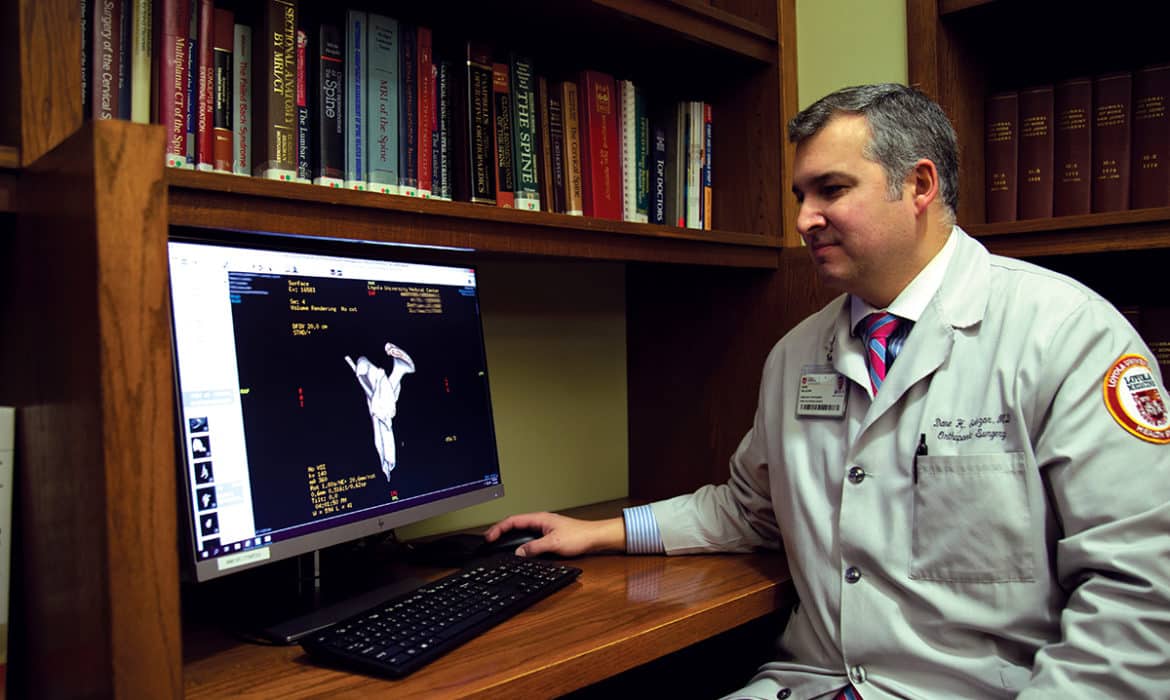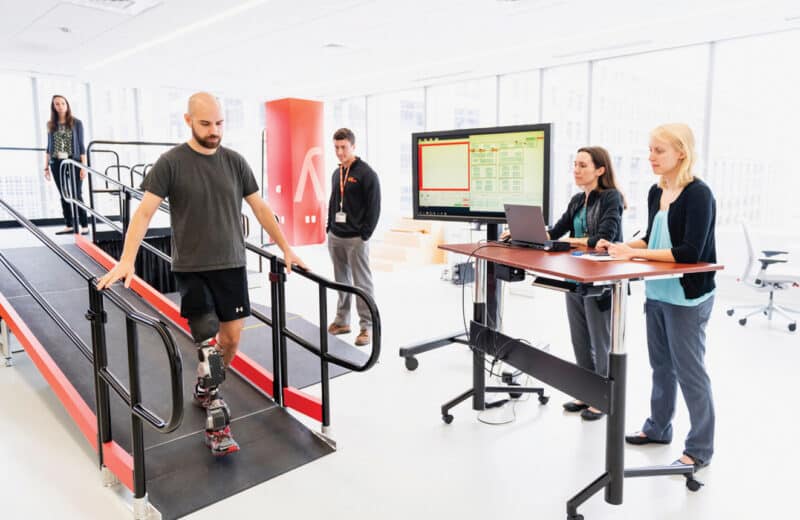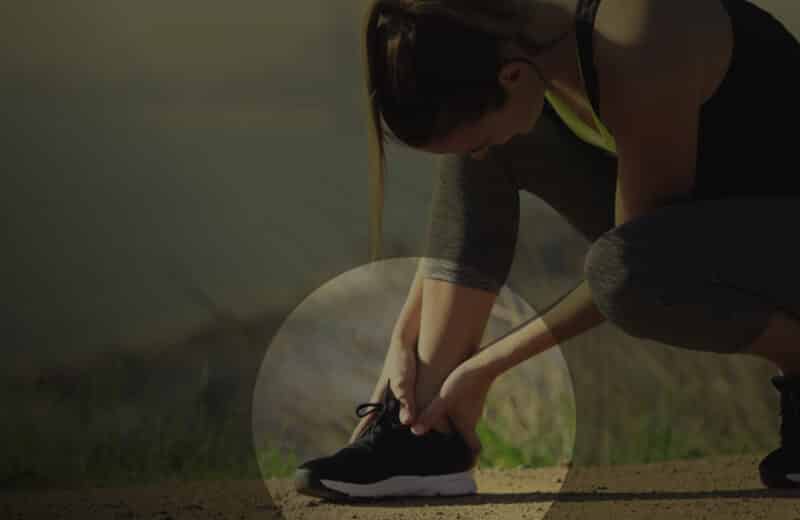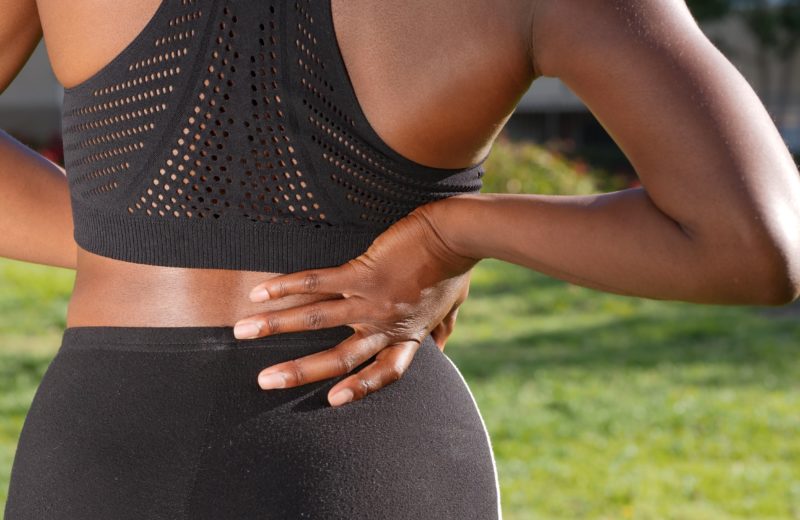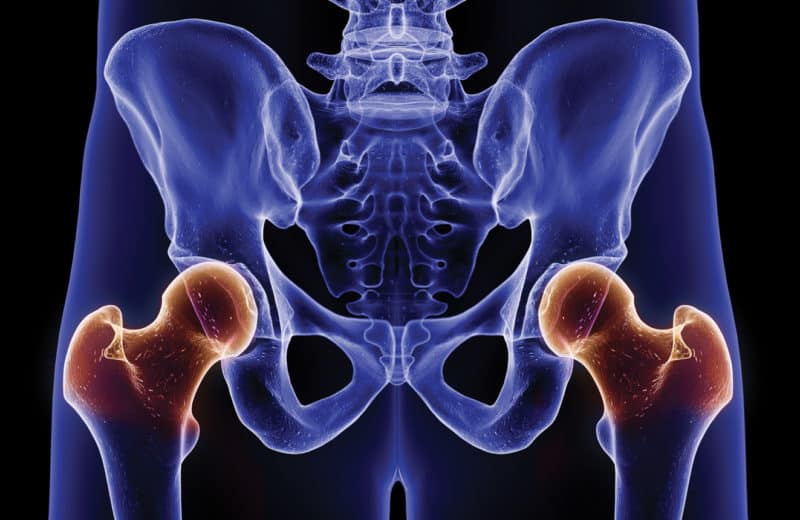Move over hip and knee replacements, shoulder replacements are gaining ground
Two years ago, Oak Park resident David Tartakoff was walking his dog when he tripped, fell and injured his right shoulder. Tartakoff, who was 76 years old at the time, had standard surgery to repair the damaged tendons and muscles in his rotator cuff and biceps. But after months of physical therapy, he showed little improvement and was still unable to play the violin — his passion.
Wanting to regain mobility and get back to the violin, the retired mathematics professor consulted Dane Salazar, MD, an orthopedic surgeon at Loyola Medical Center, for a second opinion. Salazar recommended that Tartakoff undergo a different type of surgery: reverse total shoulder replacement.
Salazar not only talked to Tartakoff about how the procedure would help, but he went one step further. “He also had me talk to an orthopedic surgeon in St. Louis who played the violin [and] who said the surgery would allow me to play the violin,” Tartakoff recalls.
The public is more familiar with knee and hip replacements than shoulder replacements. More than 600,000 knees and 300,000 hips are replaced each year in the U.S., according to the American Academy of Orthopaedic Surgeons (AAOS).
But the number of shoulder replacement surgeries has been accelerating. In 2016, there were about 108,000 inpatient shoulder replacement surgeries, with more than half of those being reverse total shoulder replacements, according to data the AAOS pulled from the U.S. Agency for Healthcare Research and Quality’s 2016 National Inpatient Sample.
Reverse engineering
The shoulder joint — the most movable joint in the body — is a marvel of natural engineering. Its ball-and-socket design features a rounded ball at the top of the upper arm bone (the humerus) that fits into the cuplike shoulder blade (scapula). This design enables us to move our arms around in circles, up above our heads, behind our backs, out from the sides of our bodies and back in, as though we were hugging ourselves.
The muscles and tendons of the rotator cuff give the shoulder joint the strength and stability it needs to function smoothly. But sometimes the system falters, and surgery is needed.
Because the population is getting older, the number of total shoulder replacement surgeries has increased. Another reason for the rise is the introduction of reverse total shoulder replacement, which the Food and Drug Administration approved in 2003.
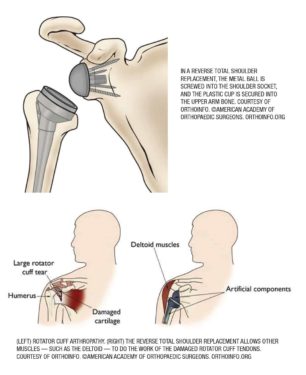
When the rotator cuff, which normally lifts the arm, is damaged, reverse total shoulder replacement enables the deltoid muscle to do the work instead. During the surgery, the normal anatomy of the shoulder joint is changed so that the ball and socket switch sides — the artificial ball is placed where the socket used to be and vice versa — which allows the deltoid muscle to power the arm.
“The reverse surgery allows people to move their arm without a rotator cuff,” says Joanne Labriola, MD, an orthopedic surgeon with DuPage Medical Group. “We originally used reverse total replacement surgery for people over 70, but now we’re using it for younger people over the age of 50 or 60 because it’s so successful.”
Not only is the surgery successful, but it lasts. After 10 years, about 90% of shoulder replacements are still intact, according to a 2011 study in the Journal of Bone and Joint Surgery: British Volume.
Relieving shoulder pain
Sports injuries, work injuries, arthritis, aging and simple wear-and-tear from overuse can cause issues in the shoulder. People with shoulder problems often experience a range of symptoms: pain, stiffness, weakness and a loss of range of motion.
“A loss of range of motion can cause limitations in carrying out basic, everyday activities and personal hygiene,” Salazar says. “Reaching for a mug on a high shelf; combing the hair; pulling the back of pants up when getting dressed; for a woman, reaching back to put on a brassiere; for a man, putting a billfold in the back pocket of pants can be difficult. Shoulder problems can also disrupt sleep.”
During the surgery, the normal anatomy of the shoulder joint is changed so that the ball and socket switch sides — the artificial ball is placed where the socket used to be and vice versa.
When life becomes so diminished that getting through the day and having a peaceful night’s sleep are out of reach, total shoulder replacement and especially reverse total shoulder replacement can relieve pain and greatly improve the function of the joint.
Before performing surgery, Salazar uses 3D templating software to create a digital model of the patient’s shoulder and make a patient-specific implant. “We can customize the size and the trajectory of the implant with the software and identify any hurdles, challenges and pitfalls,” he says.
Recovery time
Shoulder replacement surgery generally requires an overnight stay in the hospital. Some younger patients in good health can have outpatient surgery and leave the same day, while older adults with other health issues might need two nights in the hospital.
People wear their arm in a sling for three to six weeks after surgery. For both traditional and reverse surgeries, most people return to their normal activities after three months, Labriola says. They can go back to work and play sports such as golf and tennis, but they should avoid contact sports in which they could injure their shoulder. Achieving full recovery and range of motion takes about a year, she says.
After Tartakoff’s reverse total shoulder replacement, he went home from the hospital the next day with a list of exercises.
“Dr. Salazar told me the best exercise for me was to play the violin. Within three months, I was playing everything I used to play,” Tartakoff says.
“The surgery was a godsend,” he says. “Especially since I recently lost my wife, my whole social life is made up of playing violin with a circle of accomplished friends.”
Reverse total shoulder replacement has reversed the fortunes for many individuals, giving them their range of motion — and their life — back.


